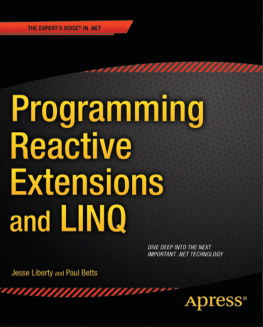Children with Reactive
Attachment Disorder
A Quilting Method Approach for
Restoring the Damaged Years
Ojoma Edeh Herr

AuthorHouse LLC
1663 Liberty Drive
Bloomington, IN 47403
www.authorhouse.com
Phone: 1-800-839-8640
2013 by Ojoma Edeh Herr. All rights reserved.
No part of this book may be reproduced, stored in a retrieval system, or transmitted by any means without the written permission of the author.
Published by AuthorHouse 06/25/2013
ISBN: 978-1-4817-7157-3 (sc)
ISBN: 978-1-4817-7158-0 (e)
Library of Congress Control Number: 2013911648
Any people depicted in stock imagery provided by Thinkstock are models, and such images are being used for illustrative purposes only.
Certain stock imagery Thinkstock.
This book is printed on acid-free paper.
Because of the dynamic nature of the Internet, any web addresses or links contained in this book may have changed since publication and may no longer be valid. The views expressed in this work are solely those of the author and do not necessarily reflect the views of the publisher, and the publisher hereby disclaims any responsibility for them.
TABLE OF CONTENTS
As always, my sincere thanks to my husband, Lyall Edeh Herr and my wonderful two sons, Jonathan Edeh Herr and Andrew Edeh Herr for their support of me, especially when I had to squeeze in one more project.
I would like to thank John Ward, Chair of the Educational Foundations Department for reading over this manuscript for me. Thank you John!
Cindy Ridley is the person I want to be when I grow up. Thank you Cindy for getting me started on the right path.
Some parents (biological, adoptive and foster) and most of us in the field of special education, psychology, social work, etc know some children who steal both major and minor items for no apparent reason to the adults. We know children who lie for the sake of lying even when it does not appear that they are gaining anything from lying. We know children who damage property and other important items just because they feel like doing it. Some of us may even know children who urinate everywhere, either in the house or outside. How about other children who may smear feces in the bathroom for no reason at all? Do you know some children who like to sabotage events or situations? Do you know some children who embarrass or humiliate their caregivers? How about children who harass guests in either your home or the homes of their caregivers? Do you know children who exhibit self abusive behaviors? Have you ever wondered why some children hack into others computers? These are a few of behaviors of children with Reactive Attachment Disorder, known as RAD.
This book is mainly intended for parents (biological, adoptive, and foster) who are working with children who are diagnosed as having Reactive Attachment Disorders or those who are undiagnosed but show symptoms of having Reactive Attachment Disorders. The focus of this book is on the reactive attachment disorder behaviors and how the quilting method approach helps in restoring the damaged years.
Show me and I will learn. It was 2002, when I walked into Dr. Ojoma Edeh Herrs office. A timid and shy student, I rarely entered a professors office to inquire about assignments, nor the courses content. Dr. Herrs straight-forward approach and determination to motivate each college student to seek the highest level of his/her potential was a unique approach that was not commonly seen of university professors, and often created anxiety within the students who did not yet know the woman behind the name. Through this meeting, I developed a respect for Ojoma, her dedication to the field of special education and her genuine concern about helping others to develop lifelong traits that would better themselves and society as a whole. During your first interaction with Ojoma, she will enlighten you about past theories and current educational practices in special education. Her plethora of knowledge stimulates others to explore ways in which they themselves can help individuals who may be facing various challenges. Meanwhile, her love and compassion for all children across the world is clearly visible. Ojoma is willing to go the extra mile to show others how to better themselves so that they may learn from the experience. While reading the preface of Dr. Herrs book, I made an immediate connection between the description of a child who has Reactive Attachment Disorder (RAD) and a former student of mine, Hassan.
As a teacher, I have had limited interactions with professionals in the public school system who are familiar with RAD and can provide methods to best serve these students and their families. This book provides background information about RAD, while supporting parents and teachers with structured methods that can help to provide for the needs of the children who have RAD. Teachers are often flooded with information, studies and strategies to support other disabilities such as Attention Deficit Hyperactivity Disorder, Autism and Specific Learning Disabilities. Rarely, if ever, are we provided with structurally sound information and supports for students who display behaviors connected to RAD; this book provides the formation of dialogue to take place between, what I call, the stool. A stool, which sits in my classroom, has 3 legs that I correlate to representing the parent, the child and the teacher. Without one of these legs, the stool is not structurally sound. Ojomas book addresses how each part of the stool needs to, and can, work together to help a child to grow through the Quilting Method Approach. Teachers are supplied with the expertise of clinical information about RAD. Parents are provided with supports and strategies to help their child, instead of criticism about what they are not doing correctly. The children benefit from this book because the Quilting Method Approach meets the needs of these children to fill their gaps, along with an endless flow of love. These components allow for the stool to stand firm.
I met Hassan 3 months into his 4 th grade school year. Prior to his entrance, I had his sibling in my classroom, so I was fortunate enough to already be familiar with his mother, Ms. Gray. Hassan was transferred to my class after going through four schools in the previous year, and two schools during the current year. His academics were extremely low and school psychologists had identified him as a student with an Other Health Impairment; in our district, this is commonly associated with ADHD behaviors. I quickly discovered that Hassans limited academic skills were most likely tied to the fact that he rarely was engaged in the lessons and assignments. He refused to complete any task, purposefully triggered staff and peers to gain what he perceived as control over situations, became aggressive with others, destroyed school property, sabotaged positive interactions with others, and would blatantly lie about both serious and trivial events. Within the first month, I held more than one IEP meeting a week. I was searching for Hassans reasoning behind his actions, while trying to find what motivated him positively, or negatively. Even hearing praises from me resulted in negative responses from Hassan. I earnestly tried to show him that I loved him as equally as I loved the good students. Although I did not refer to it by name at the time, I began to incorporate the Six Ps of Strategic Interaction that are outlined in Ojomas book. This structure allowed for Hassan to begin to trust me as his teacher, to feel encouraged to attempt academic tasks (which we began at the level of writing his name on his paper), and to show emotional reactions and connections to others and situations. I showed Hassan how to shape his behaviors and thinking in a manner that he had not previously experienced, and through this his gaps were filled and he learned how to manage his behaviors in a more appropriate manner. The communication that took place between all parts of the stool was essential to productively modeling and reinforcing desired behaviors for Hassan. We began to see growth in the school setting and throughout the months, it began to trickle into his home setting.
Next page
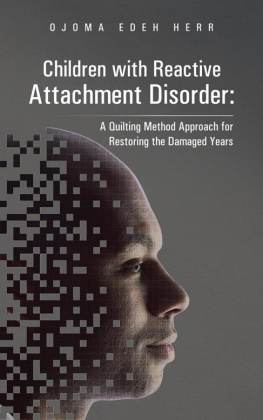

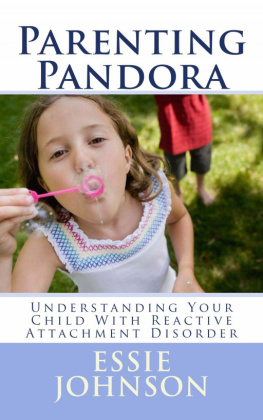
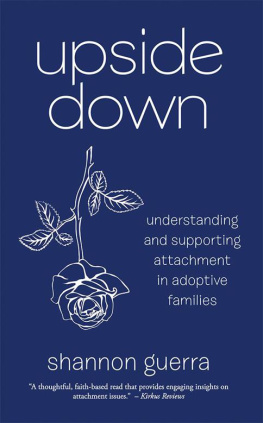
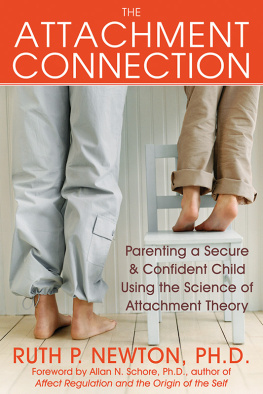
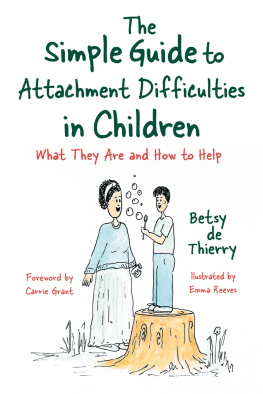
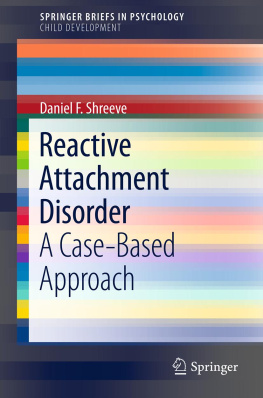
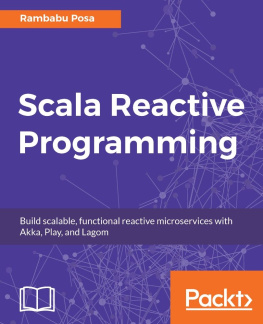
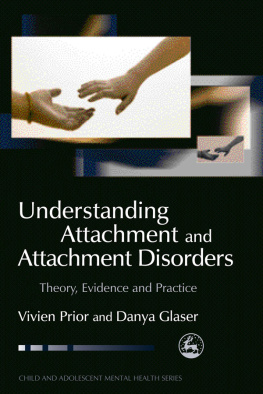
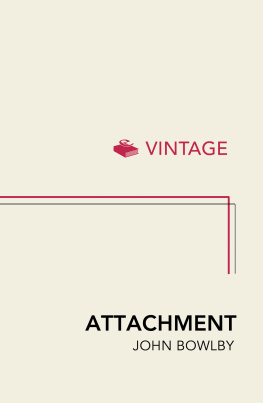
![Luca Mezzalira [Luca Mezzalira] - Front-End Reactive Architectures: Explore the Future of the Front-End using Reactive JavaScript Frameworks and Libraries](/uploads/posts/book/120508/thumbs/luca-mezzalira-luca-mezzalira-front-end.jpg)
